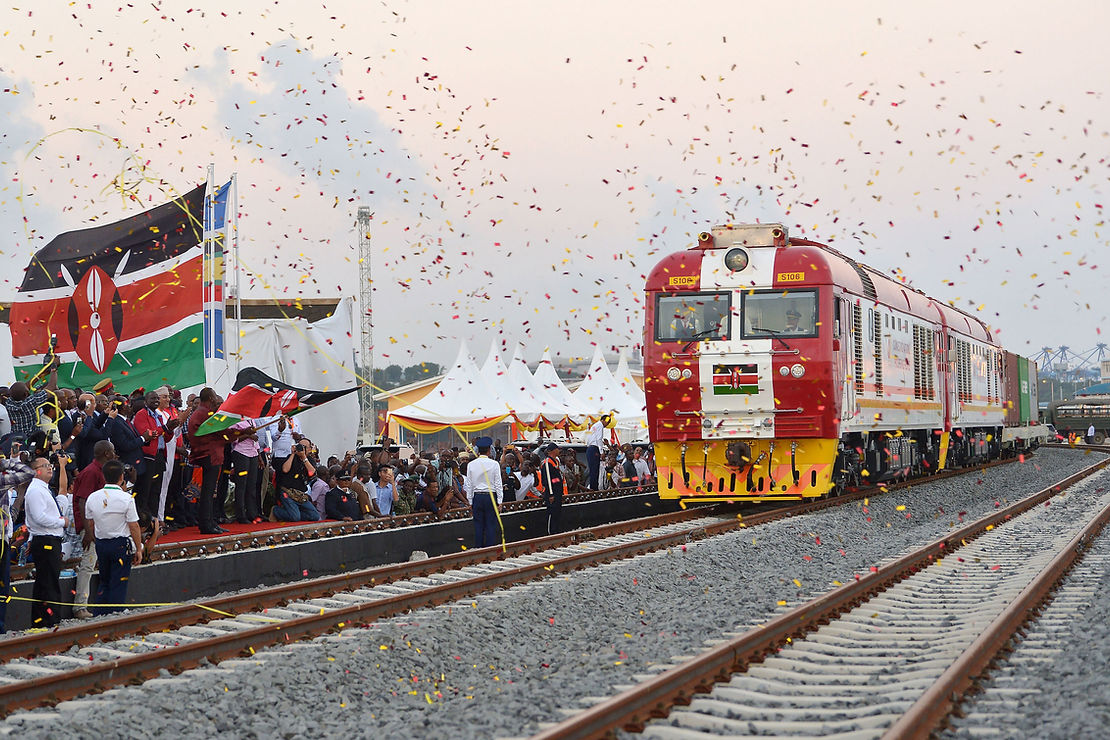By: Zhihan Jiang
When Kenya’s China-Funded Train was launched five years ago, Kenya’s President Uhuru Kenyatta declared it a proud and historic moment. Now, it is associated with debt, dysfunction, and criminal inquiries.
As President Kenyatta inaugurated the country’s new railway that was designed, funded, and built by China, he proclaimed that it would help transform Kenya into an industrialized, middle-income nation.
“This is a very historic moment,” President Kenyatta, told the gathering of Kenyan and Chinese officials, waving a giant Kenyan flag. “We should be proud.”
Since then, the railway has turned into a target of lawsuits, criminal investigations and resentment from environmentalists and the displaced workers from the trucking industry, making it a hot topic for the Kenyan presidential election coming up.
The railway is part of a broader subject about China’s expanding role in Kenya. The leading presidential candidates have produced all ideas, such as deporting Chinese workers doing local jobs to renegotiating the debt Kenya owes China. The most important part of the debate, however, will be the railway, which cost Kenya $4.7 billion.
China originally funded the railway as part of its Belt and Road Initiative, which aimed to expand China’s economic and political clout by funding new ports, roads, and railways globally. Although China funded most of it, China drew the line at financing the last section of the railway – the part that would connect to Uganda – and left some African countries struggling to repay debts.
“The S.G.R. is an economic, social and fiscal disrupter,” said Tony Watima, an economist, referring to the Standard Gauge Railway, which Kenyans call the train. “The disruption it has created in the Kenyan economy will be felt for years.”
William Ruto and Raila Odinga, the two front-runners in the race to become Mr. Kenyatta’s successor, have taken advantage of the railway’s difficulties by pledging to reassess its operations while trying to keep away from the project.











